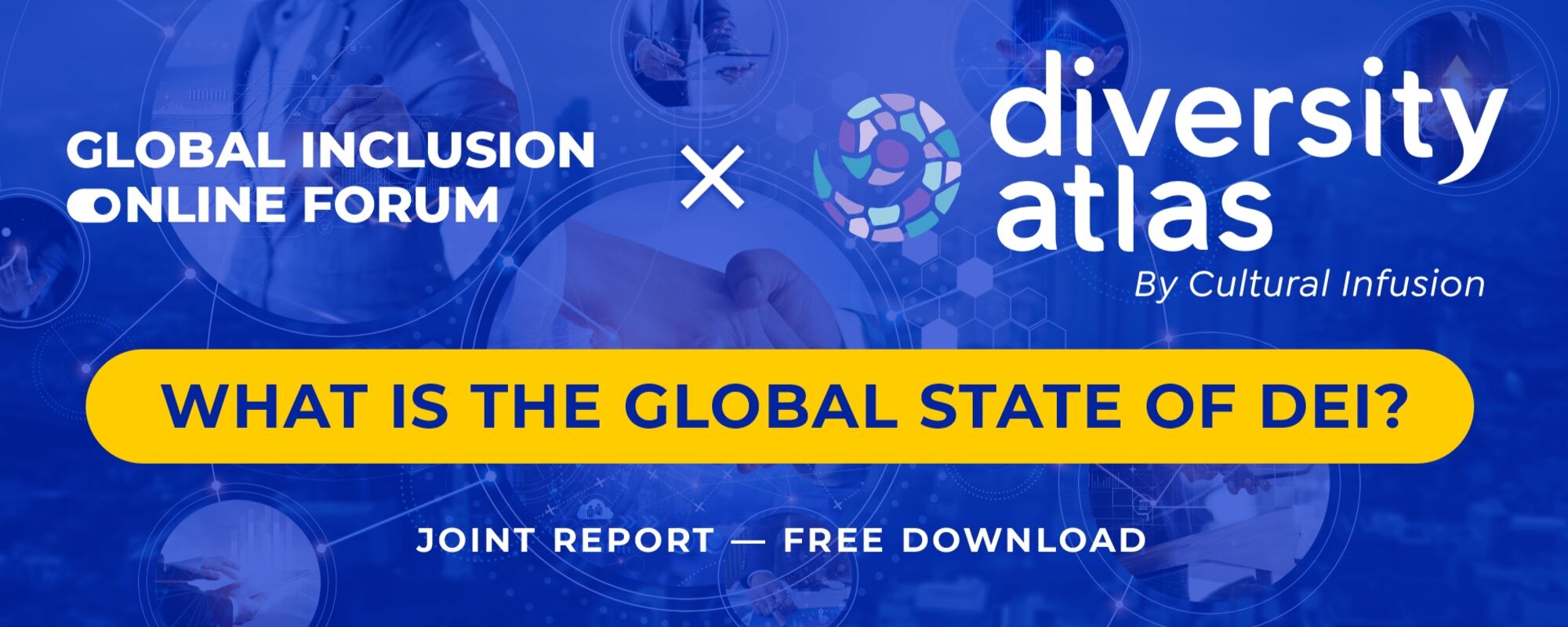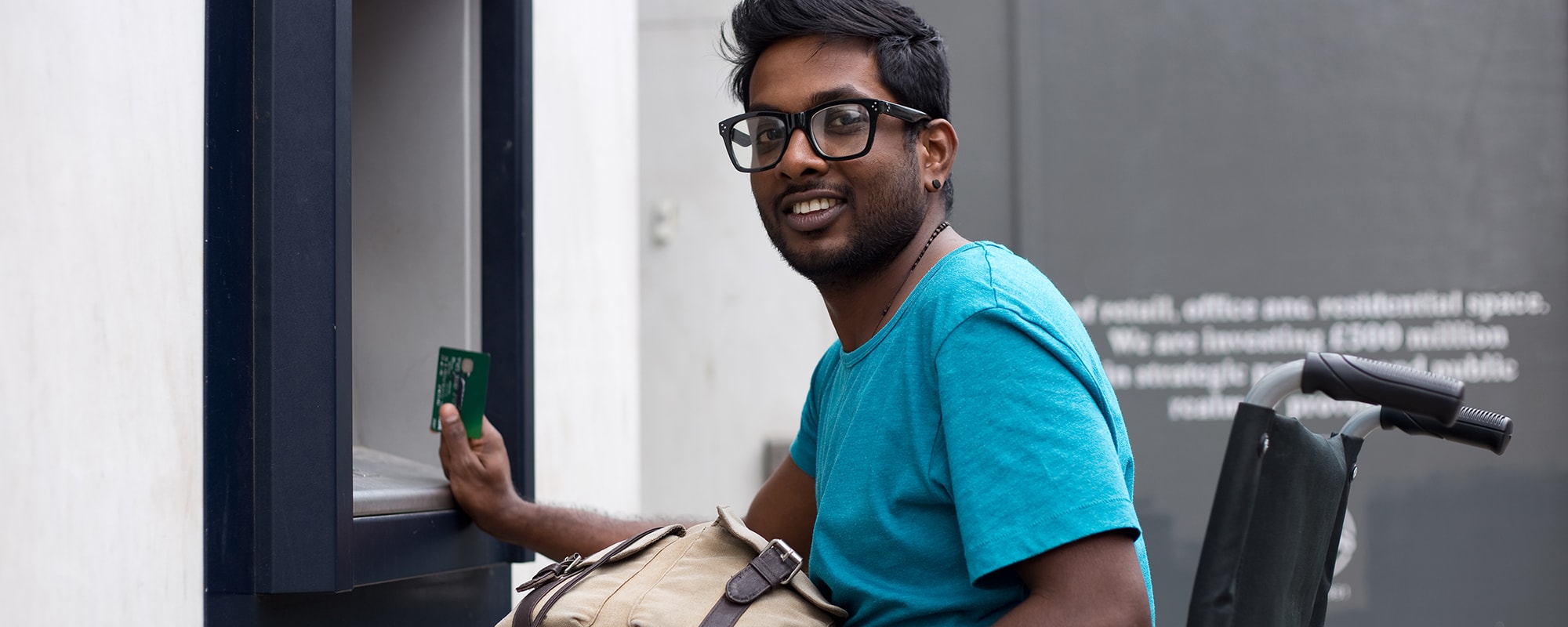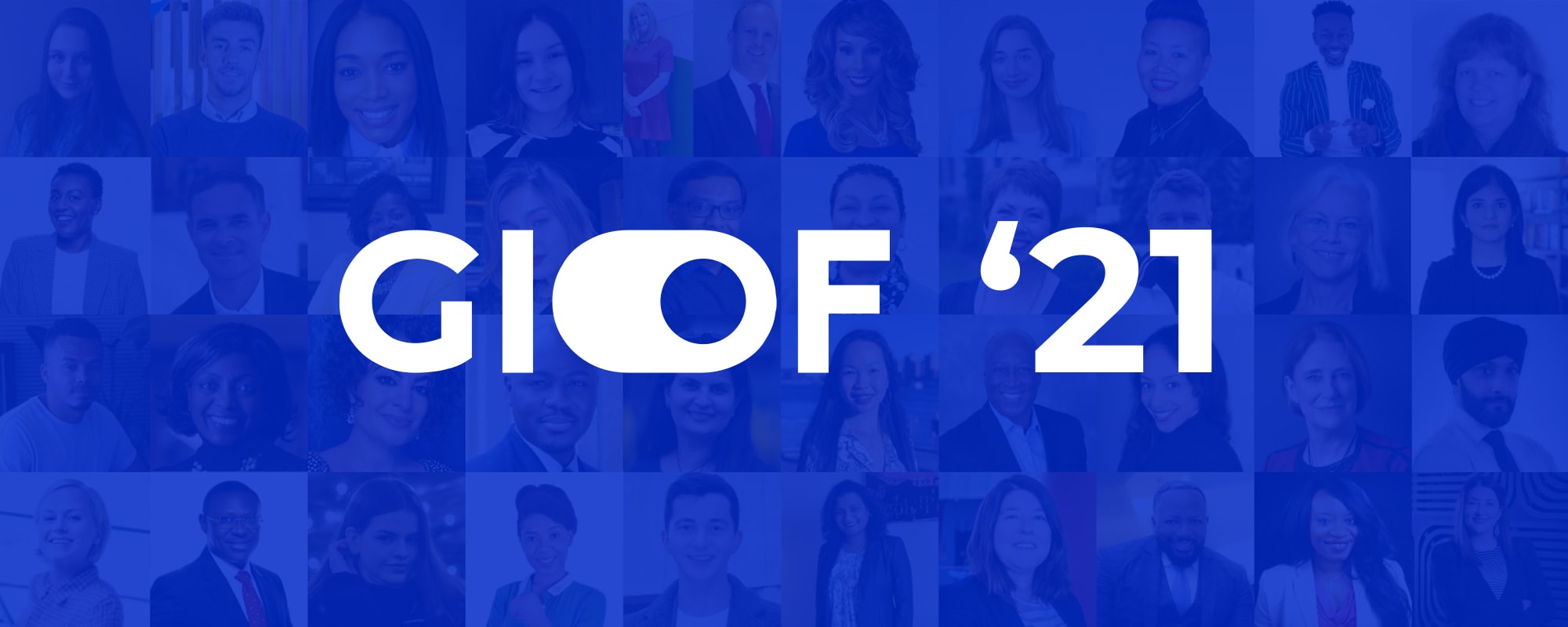TOP 3 GLOBAL DISABILITY CHALLENGES: NEURODIVERSITY, LEADERSHIP AND LOCAL AWARENESS

The COVID-19 pandemic has affected people with disabilities more than others. In the last two years, individuals with disabilities have faced especially difficult challenges because of standard COVID-19 response measures. Lockdowns added significant disruptions and additional risks to their autonomy, health and lives.
For instance, many who relied on formal support from aides or service providers or informal support from relatives and friends suddenly found that they had lost this due to restrictions on movement and distancing measures. In some cases, this left them without food, medicine and medical facilities, as well as unable to bathe, cook or eat. Moreover, among the disabled, 51% have lost their jobs, been laid off or furloughed, or are certain they will lose their job in the next 90 days, compared to 28% of individuals without a disability.
Still, some opportunities are also emerging. The pandemic has boosted remote work, offering more opportunities to work for people whose mobility is limited. It has also accelerated web and digital accessibility—an indispensable element for people with visual impairments.
At the Global Inclusion Online Forum’s Annual Meeting, inclusiveness for the disabled has been one of our key focus areas. Some of the global leaders in promoting disability inclusion from major corporations and international organizations have participated in these meetings.
In 2021-2022, many global companies have advanced their disability inclusion programs and we are glad to see some outstanding results. Below we outline the world’s top disability inclusion trends that will be in the focus of the upcoming Annual Meeting of the Global Inclusion Online Forum in May 2022.
- Neurodiversity inclusion. In the past two decades neurodiversity, that is, hiring individuals with different developmental and intellectual disabilities such as Down syndrome, ADHD, autism spectrum and so on, lagged.
In the past five years, the world’s leading companies, primarily Big Tech, have boosted these programs. Many sources refer to SAP, JP Morgan, Google Cloud, and EY as the companies with the most advanced neurodiversity hiring programs. Indeed, a number of hiring divisions and initiatives were set up for different developmental disabilities. Many of these companies and others are focusing on the autism spectrum talent pool, as such autistic individuals often have natural advantages in memory, analytical skills and ability to focus. These corporations employ people with autism spectrum as software developers, analysts, project managers and more.
Most importantly, these leading companies are proving the business case for neurodiverse hiring: having diverse individuals on teams has been shown to increase their overall performance.
But it is still a challenge for many companies to create equitable hiring policies that would give every individual with or without a disability a fair opportunity to compete for jobs. Many companies who have established special jobs for people with different developmental disabilities are still figuring out how neurodiverse people and people without disabilities can apply to and fairly compete for the same positions.
- Disability leadership. While many companies have already adopted disability hiring programs, accessibility features and accommodations for those who need it, it is still hard for most of their employees to perceive their disabled peers as potential leaders.
While the corporate world is paying considerable attention to female and black leadership programs, leadership among individuals with a disability is still taking a back seat.
This suggests that promotion choices in most cases are not in favor of people with disabilities, and their career growth is not as fast as that of their able-bodied colleagues.
Disability leadership, of course, takes tremendous effort, a real mindshift, and a sea change in corporate policies. It is a rising trend that has seen the first steps taken in the corporate world, and is hopefully going to continue spreading over the next decade.
- Local awareness. All of the efforts and initiatives mentioned so far are taking place within the biggest global corporations. These global leaders are watched by millions of people around the world and are among the most desirable places to work. Yet they actually represent only a small share of the job market, where local corporations, medium and small businesses naturally dominate.
At the moment, most of the brightest disability inclusion initiatives are limited to the biggest global corporations, leaving millions of people with disabilities across the world without the decent jobs they deserve.
Over the next decade we should definitely see local businesses following the example of global leaders in disability inclusion. And it is our job, together with governments and regulators, to accelerate this transition.
In the Annual Meeting of the Global Inclusion Online Forum 2022, we plan to discuss all these trends. This means that top heads of diversity and inclusion at the world’s largest corporations, consultants and specialized NGOs will share their best case studies from the past year.
We are impressed by the efforts of all disability inclusion experts working to raise awareness and to make the careers and lives of people with disabilities all around the world more equitable and inclusive.

 Blind Hiring Summit: Embracing the New Age of HR
Blind Hiring Summit: Embracing the New Age of HR DEI Data Summit
DEI Data Summit Diversity Fatigue Summit
Diversity Fatigue Summit GIOF 2022 Annual Meeting
GIOF 2022 Annual Meeting Banking for everyone: Arising accessibility trends in banking and financial services
Banking for everyone: Arising accessibility trends in banking and financial services GIOF 2021
GIOF 2021 GIOF 2020
GIOF 2020